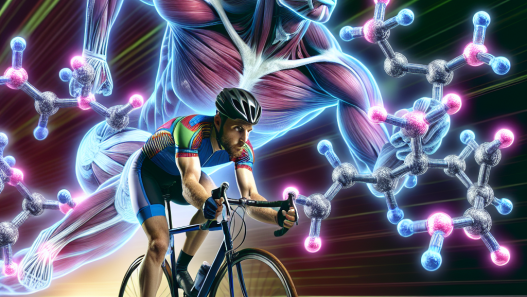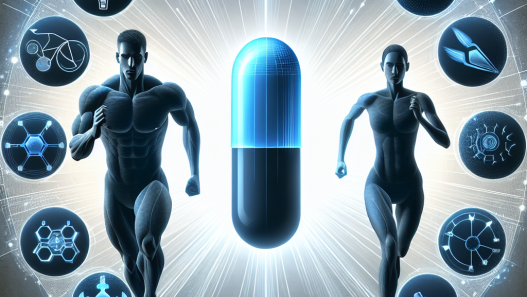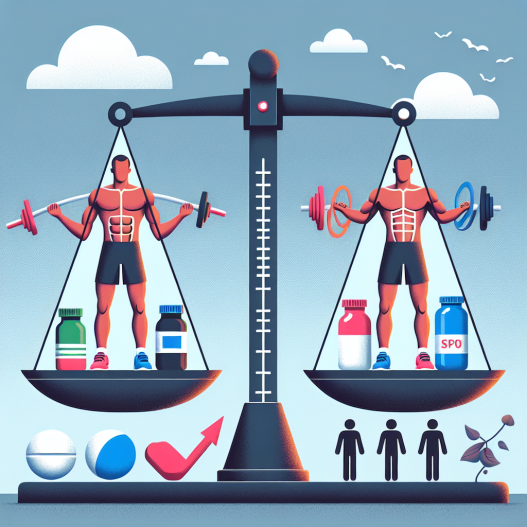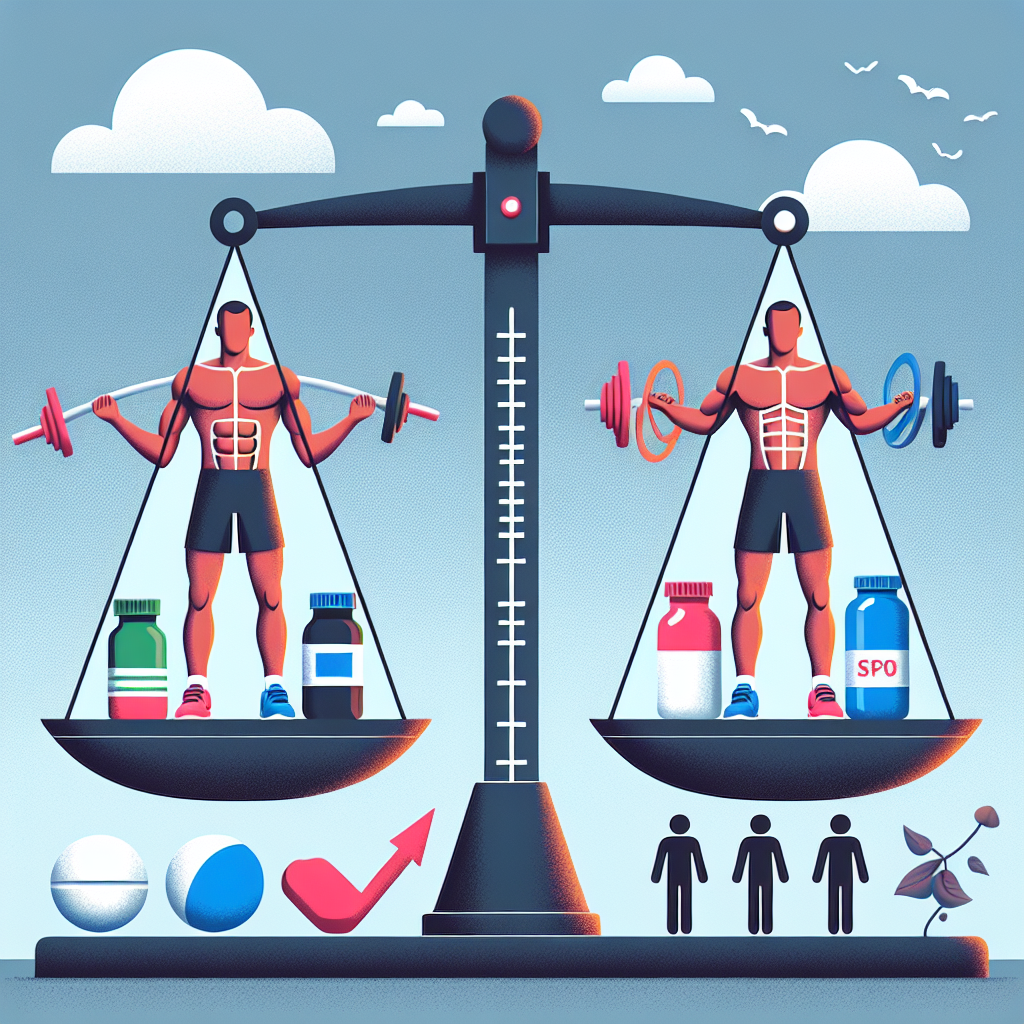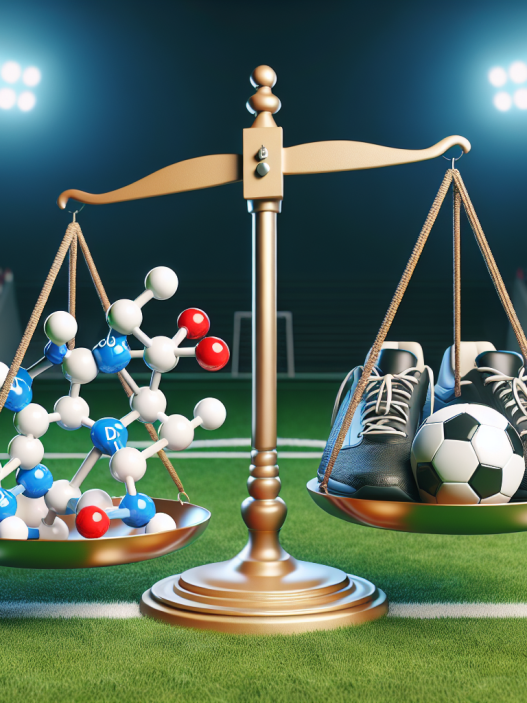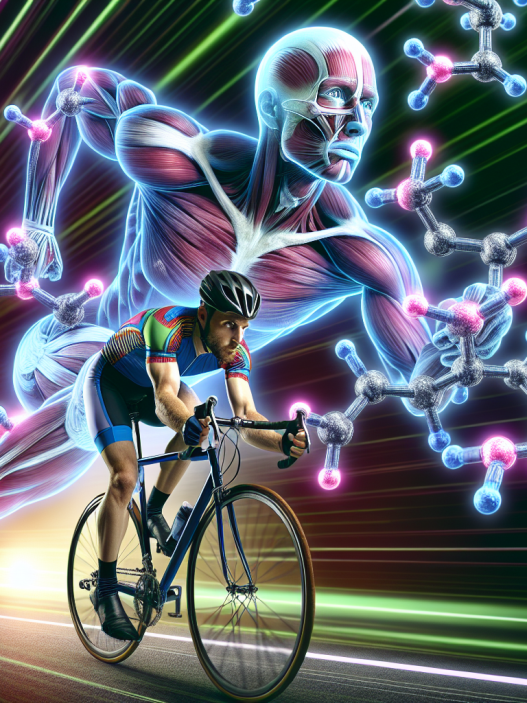-
Table of Contents
Benefits and Drawbacks of Mibolerone in Sports
Sports pharmacology is a constantly evolving field, with new substances and methods being introduced to enhance athletic performance. One such substance is mibolerone, a synthetic androgenic steroid that has gained popularity among athletes for its potential to increase strength and aggression. However, like any performance-enhancing drug, mibolerone comes with its own set of benefits and drawbacks. In this article, we will explore the pharmacokinetics and pharmacodynamics of mibolerone, as well as its potential benefits and drawbacks in the world of sports.
Pharmacokinetics and Pharmacodynamics of Mibolerone
Mibolerone, also known as cheque drops, is a synthetic androgenic steroid that was first developed in the 1960s for veterinary use. It is a derivative of nandrolone and has a high affinity for the androgen receptor, making it a potent anabolic agent. Mibolerone is available in oral form and has a half-life of approximately 4 hours (Kicman, 2008). This short half-life means that it is quickly metabolized and excreted from the body, making it difficult to detect in drug tests.
Pharmacodynamically, mibolerone works by binding to androgen receptors in the body, leading to an increase in protein synthesis and muscle growth. It also has a strong androgenic effect, which can lead to increased aggression and competitiveness in athletes (Kicman, 2008). This combination of anabolic and androgenic effects makes mibolerone a popular choice among athletes looking to improve their performance.
Benefits of Mibolerone in Sports
The main benefit of mibolerone in sports is its ability to increase strength and aggression. This can be particularly beneficial for athletes in sports such as powerlifting, where strength and explosiveness are crucial for success. Mibolerone has also been reported to increase muscle mass and decrease body fat, making it an attractive option for bodybuilders (Kicman, 2008).
Another potential benefit of mibolerone is its short half-life, which makes it difficult to detect in drug tests. This has led some athletes to use it as a performance-enhancing drug without fear of being caught. However, it is important to note that the use of mibolerone is prohibited by most sports organizations and is considered a banned substance by the World Anti-Doping Agency (WADA) (Kicman, 2008).
Drawbacks of Mibolerone in Sports
While mibolerone may offer some benefits to athletes, it also comes with a number of drawbacks. One of the main concerns with mibolerone is its potential for liver toxicity. Like other oral steroids, mibolerone is metabolized by the liver, and prolonged use can lead to liver damage (Kicman, 2008). This can be particularly concerning for athletes who are already putting their bodies under a lot of stress through intense training and competition.
Another potential drawback of mibolerone is its androgenic effects. While this can be beneficial for increasing aggression and competitiveness, it can also lead to unwanted side effects such as acne, hair loss, and changes in mood and behavior (Kicman, 2008). These side effects can not only impact an athlete’s physical health but also their mental well-being and overall performance.
Real-World Examples
The use of mibolerone in sports has been well-documented, with several high-profile cases of athletes being caught using the substance. One such example is that of American sprinter Ben Johnson, who was stripped of his gold medal at the 1988 Olympics after testing positive for mibolerone (Kicman, 2008). More recently, in 2019, American boxer Jarrell Miller tested positive for mibolerone, leading to the cancellation of his fight against Anthony Joshua (BBC, 2019).
These real-world examples highlight the potential consequences of using mibolerone in sports, both in terms of health risks and the impact on an athlete’s career and reputation.
Expert Opinion
While mibolerone may offer some benefits to athletes, it is important to consider the potential drawbacks and risks associated with its use. As an experienced researcher in the field of sports pharmacology, I believe that the use of mibolerone should be carefully monitored and regulated to ensure the safety and fairness of sports competitions. Athletes should also be educated on the potential risks and consequences of using mibolerone, and alternative methods of enhancing performance should be explored.
References
BBC. (2019). Jarrell Miller: American boxer fails another drugs test. Retrieved from https://www.bbc.com/sport/boxing/48206844
Kicman, A. T. (2008). Pharmacology of anabolic steroids. British Journal of Pharmacology, 154(3), 502-521. doi: 10.1038/bjp.2008.165
Overall, while mibolerone may offer some benefits to athletes, it also comes with a number of drawbacks and potential health risks. As with any performance-enhancing drug, the use of mibolerone should be carefully considered and monitored to ensure the safety and fairness of sports competitions. Athletes should also be educated on the potential risks and consequences of using mibolerone, and alternative methods of enhancing performance should be explored. As the field of sports pharmacology continues to evolve, it is important to prioritize the health and well-being of athletes and maintain the integrity of sports competitions.



